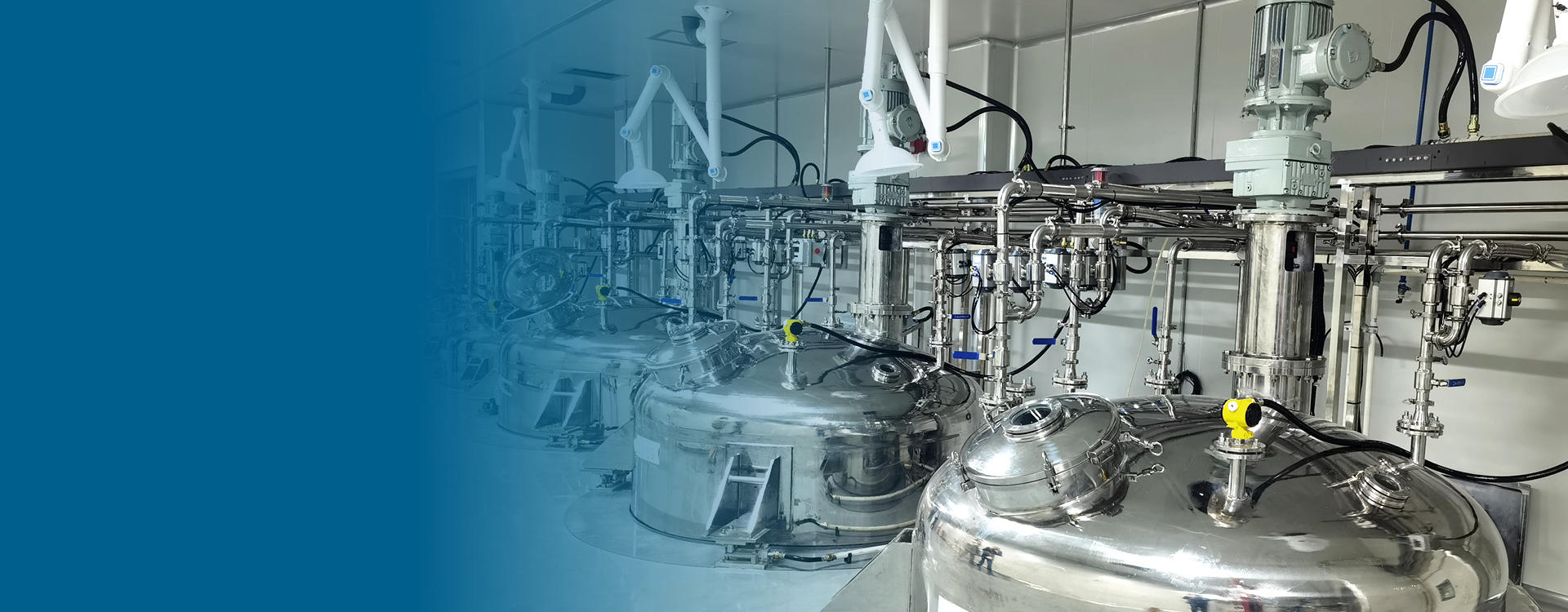
95% zirconium content high-purity beads: It is prepared by sintering ultra-fine and highly active powder. Strict process control ensures that the beads have fine crystal and anti-aging. Extremely low wear and no pollution. Suitable for dispersing middle and high viscosity materials with different color requirements and chemical conditions.
1. Good overall roundness
2. High density and good strength
3. Impact resistant and unbreakable
4. High grinding efficiency
5. Smooth surface with pearly luster
1. Composition
The grinding media can be divided into glass beads, ceramic beads (Zirconium silicate beads, composite zirconium beads, alumina beads, stabilized rare earth metal zirconia beads, etc.), steel beads, etc. according to the composition. Although the composition are different, the grinding media have dense crystal structures so that can ensure the features of high strength, high wear resistance, and low ink absorption.
During the grinding process, grinding beads may have varying degrees of wear and tear, which can get a certain impact on the performance of the material. Therefore, when selecting the grinding beads, it is necessary to consider the influence of composition on the material. When grinding magnetic tape powder or other electronic component pastes, grinding media containing metal elements such as Fe and Cu are no longer selected, so zirconium beads are the common choice in this industry; for example,in food industry,Grinding medium with low impact on the material will be good choices.
2. Particle size
The particle size of the grinding medium determines the number of contact points between the grinding medium and the material. The smaller particle size, the more contact points the beads will have at the same volume, and theoretically, the higher grinding efficiency will be achieved; On the other hand, when grinding materials with larger particles, smaller beads may not be suitable because the impulse of smaller beads cannot fully grind and disperse the material. Therefore, larger grinding beads should be used.
3. Density
Density, also known as specific gravity. In actual production, density (specific gravity) is divided into two types, namely bulk density (true density, true specific gravity) and packing density (false specific gravity). The former is the true density of the grinding medium, while the latter is the density accumulated by the grinding medium. The composition of the grinding medium determines its density.
In general, for grinding beads, the larger specific gravity, the greater impulse, and the higher grinding efficiency, but the wear is also bigger on the contact parts (inner chamber wall, dispersing plate, etc.) of the bead mill, so the key is the matching of viscosity and flow rate of the material.
4. Hardness
Moh's hardness and Vickers hardness are commonly used hardness indicators.the wearless is not low when using the Grinding beads with higher hardness . From the contact parts between the grinding beads and the bead mill, grinding beads with high hardness have a relatively high wear on it. However, the optimization effect can be achieved by adjusting the filling amount of the grinding beads, viscosity of the material, flow rate and other parameters.
| Type | Zirconium Content | Real Density | Packed Density | Moh's Hardness | Diameter |
| 95% zirconium content beads | 95% | 6.20g/cm3 | 3.80g/cm3 | 9 | Φ0.3mm-8.0mm |
+86 13966796215 ( Hot Line )
+86 (0)551-67707017 ( Direct Line )
+86 13966796215